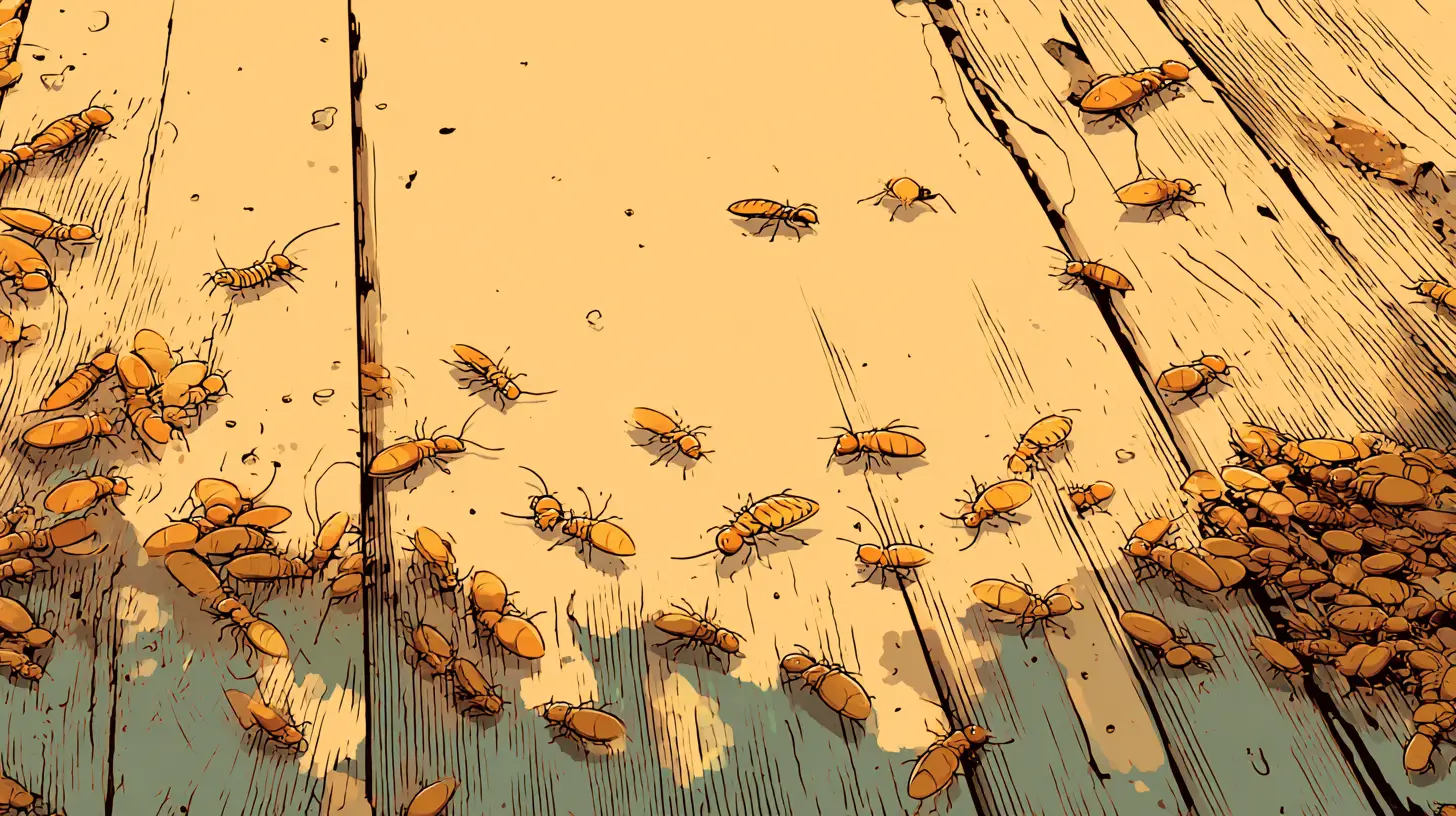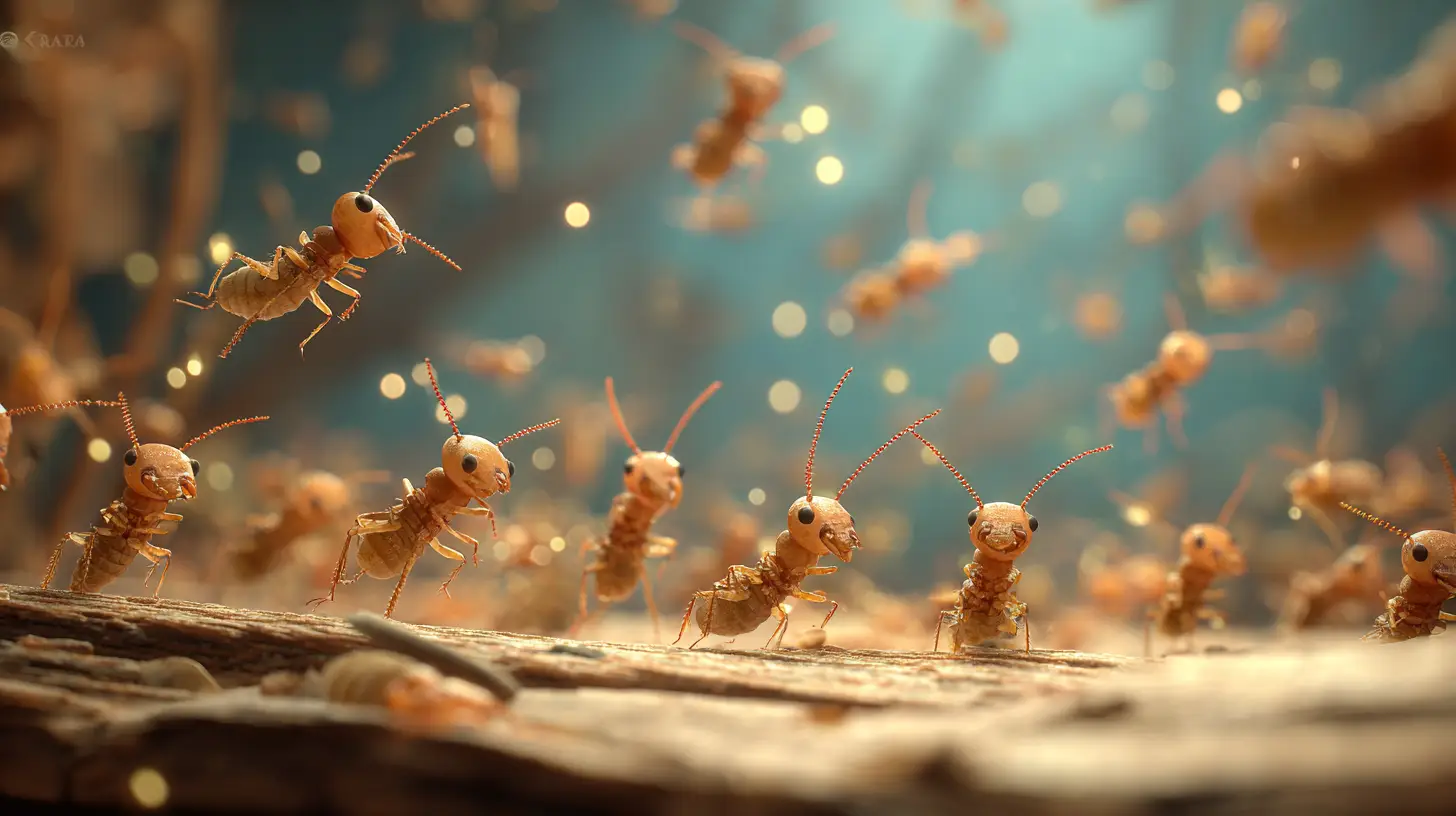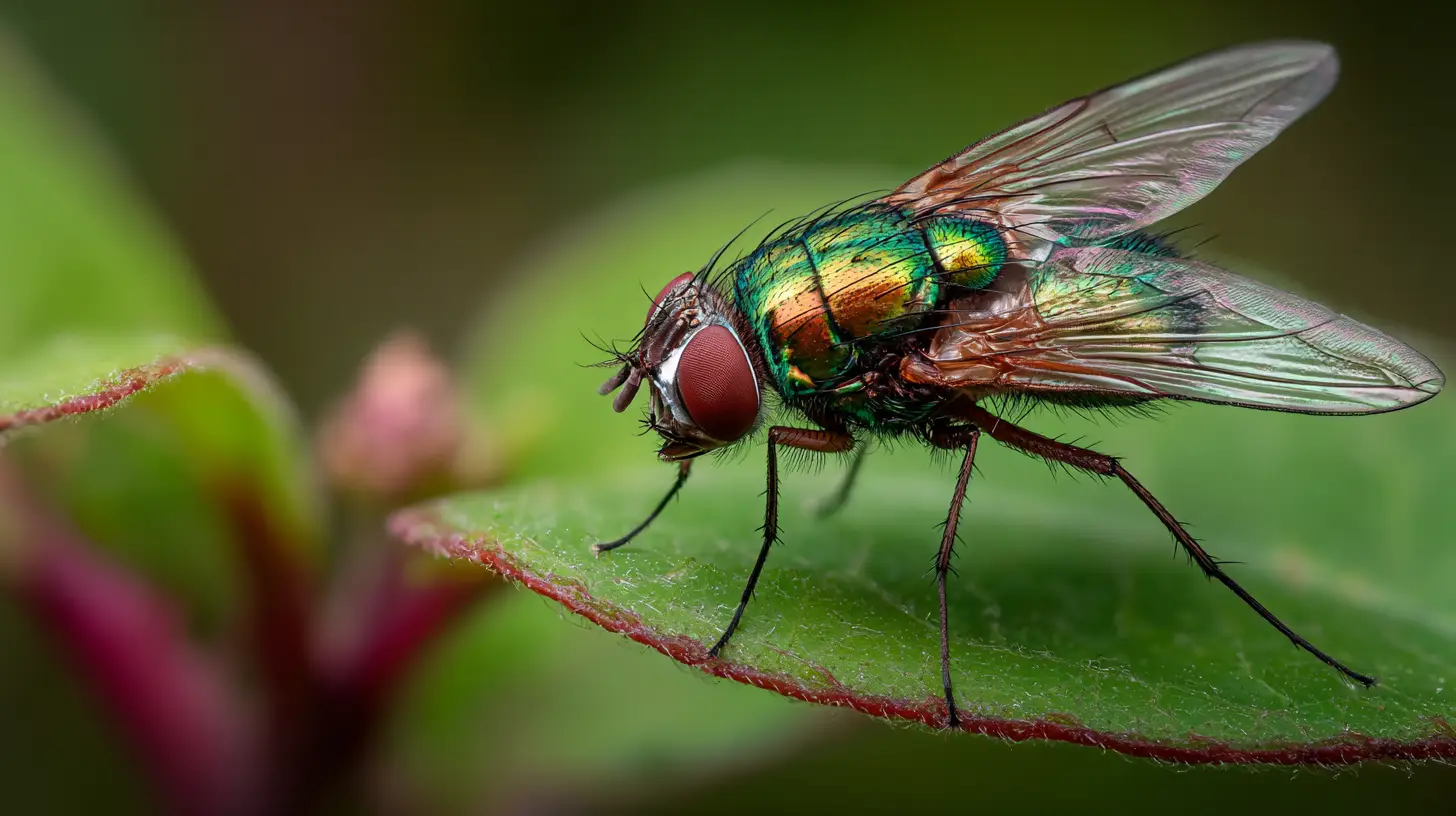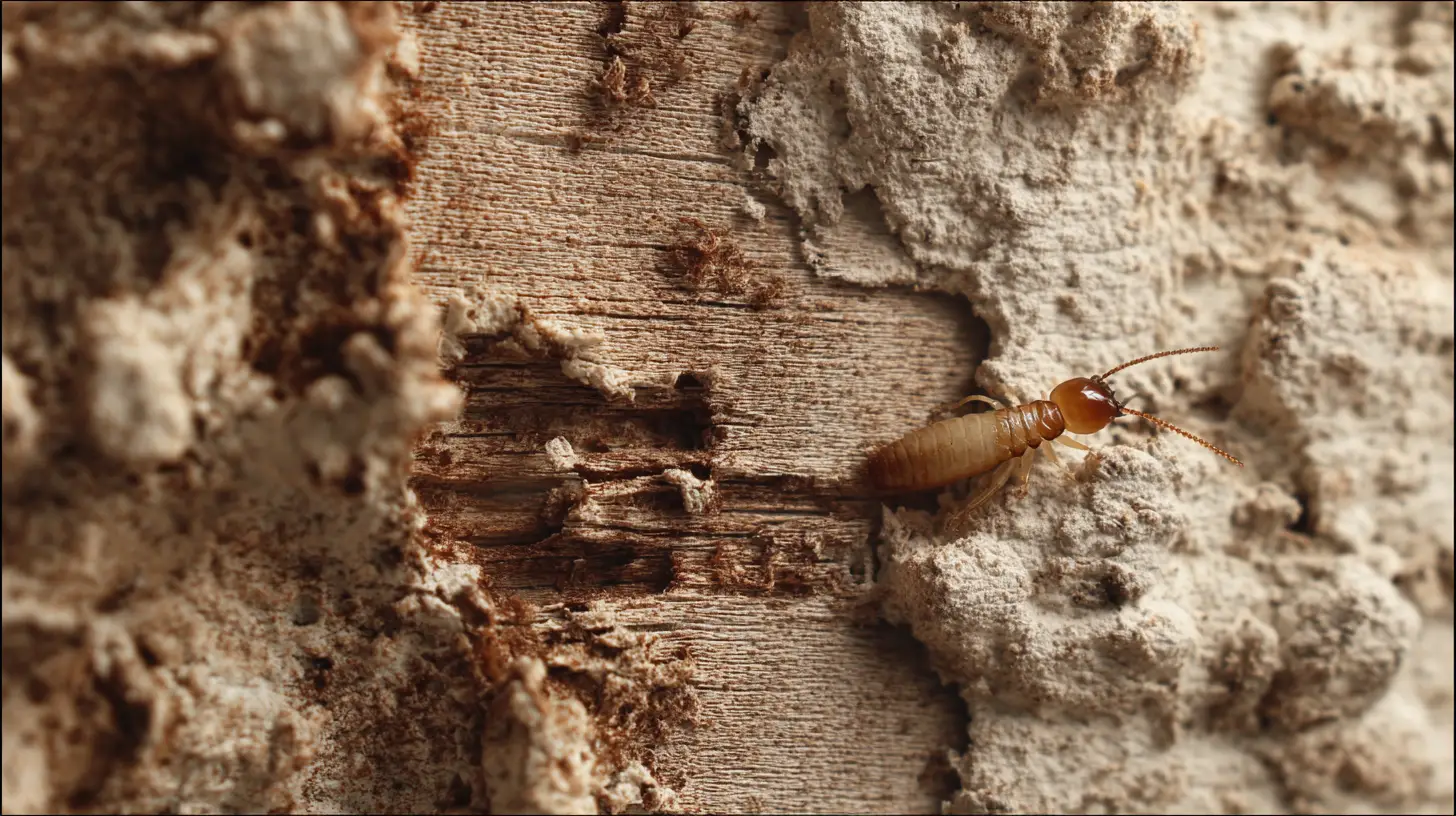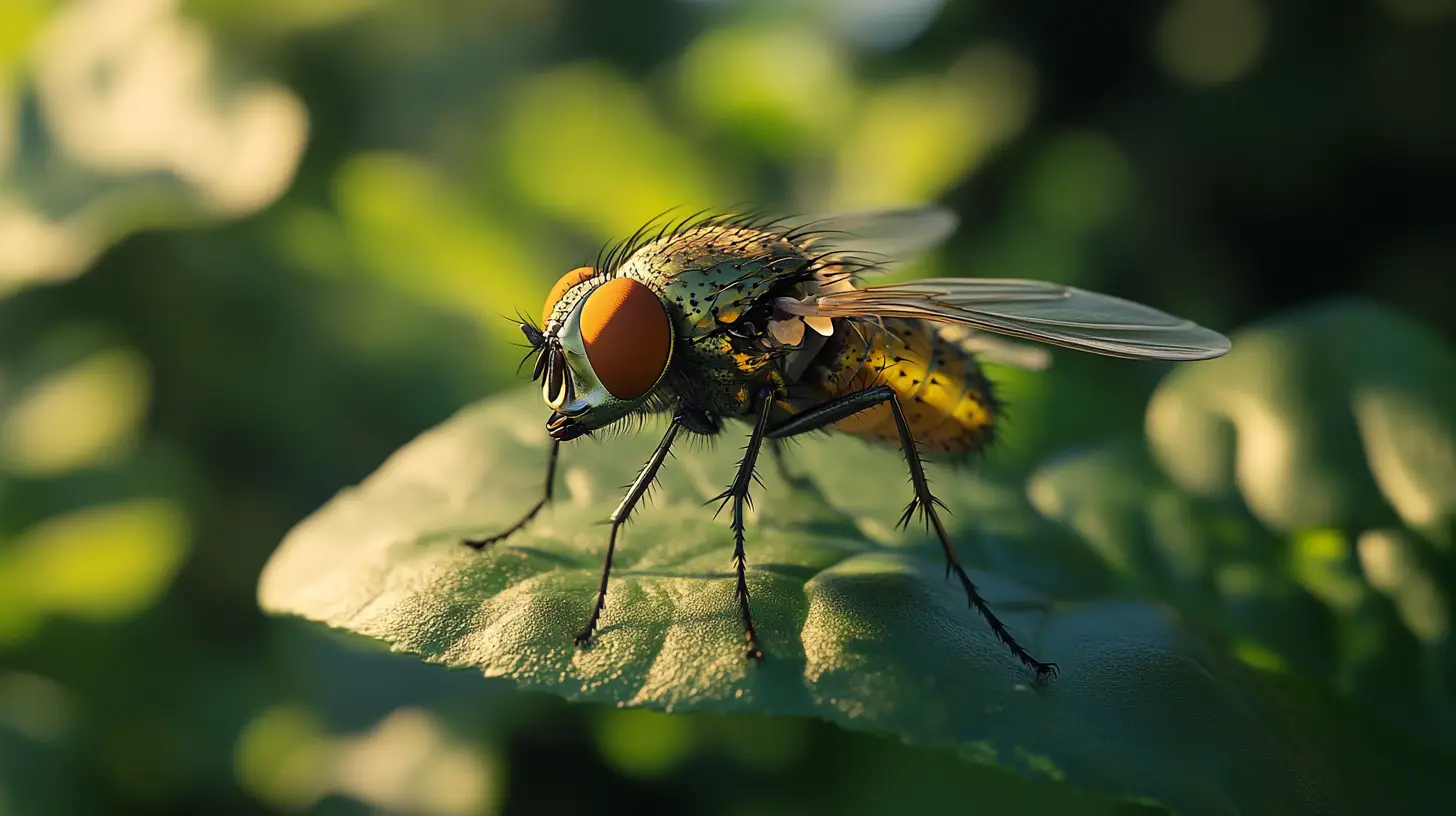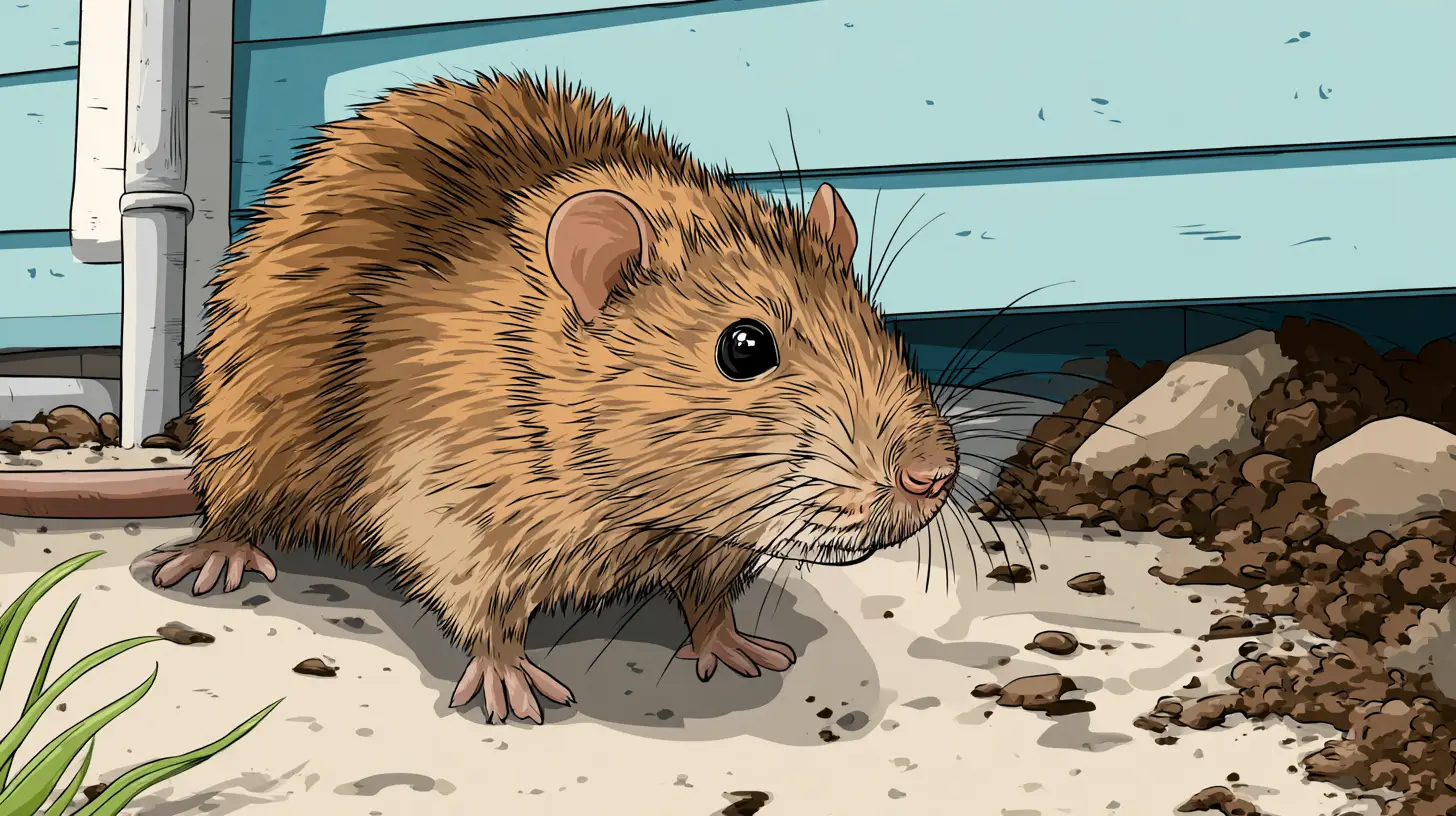
Table of Contents
Smart pest control hacks can mean the difference between a comfortable home and a creepy-crawly nightmare when hurricane season hits Bradenton. Listen, we’ve all been there – one day you’re enjoying your morning coffee in peace, and the next, you’re discovering a parade of fire ants in your kitchen after Tropical Storm Whatever-Its-Name decided to flood half of Manatee County.
Key Takeaways
- Pre-storm preparation prevents pest invasions by sealing entry points and removing potential breeding sites
- The first 48 hours after a storm are critical for eliminating standing water and preventing mosquito breeding
- Post-storm pest activity increases dramatically due to displaced insects and rodents seeking shelter
- Local resources like Manatee County Mosquito Control District provide free assistance for serious mosquito problems
- Professional intervention becomes necessary when DIY methods fail or health risks are present
The Pre-Storm Prep That Actually Works
Here’s the thing about living on Florida’s Gulf Coast – we know the storms are coming. What we don’t always think about is how those storms create five-star accommodations for every pest in the neighborhood.
Start by walking around your house like you’re a bug looking for a way in. Check around doors, windows, vents, and any place where utilities enter your home. Even tiny gaps become superhighways for ants, cockroaches, and other unwanted guests when they’re fleeing rising water.
Seal these entry points with caulk or weatherstripping. It might seem tedious, but spending an hour sealing cracks beats spending weeks battling an indoor ant colony. Trust me on this one.
Store all your food in airtight containers – not just the obvious stuff like cereal and crackers, but also pet food, birdseed, and anything else that might attract hungry pests looking for a post-storm buffet.
During the Storm: Pest-Proof Your Exit Strategy
If you’re evacuating, think like a pest-prevention pro. Secure all food sources, double-check those sealed entry points, and remove anything that could collect water both inside and outside your home. Yes, even that decorative bowl on your porch can become mosquito breeding central.
If you’re staying put, keep an eye out for unusual pest activity. Floods push insects and rodents to seek higher ground, and your cozy home might suddenly look very appealing to displaced critters.
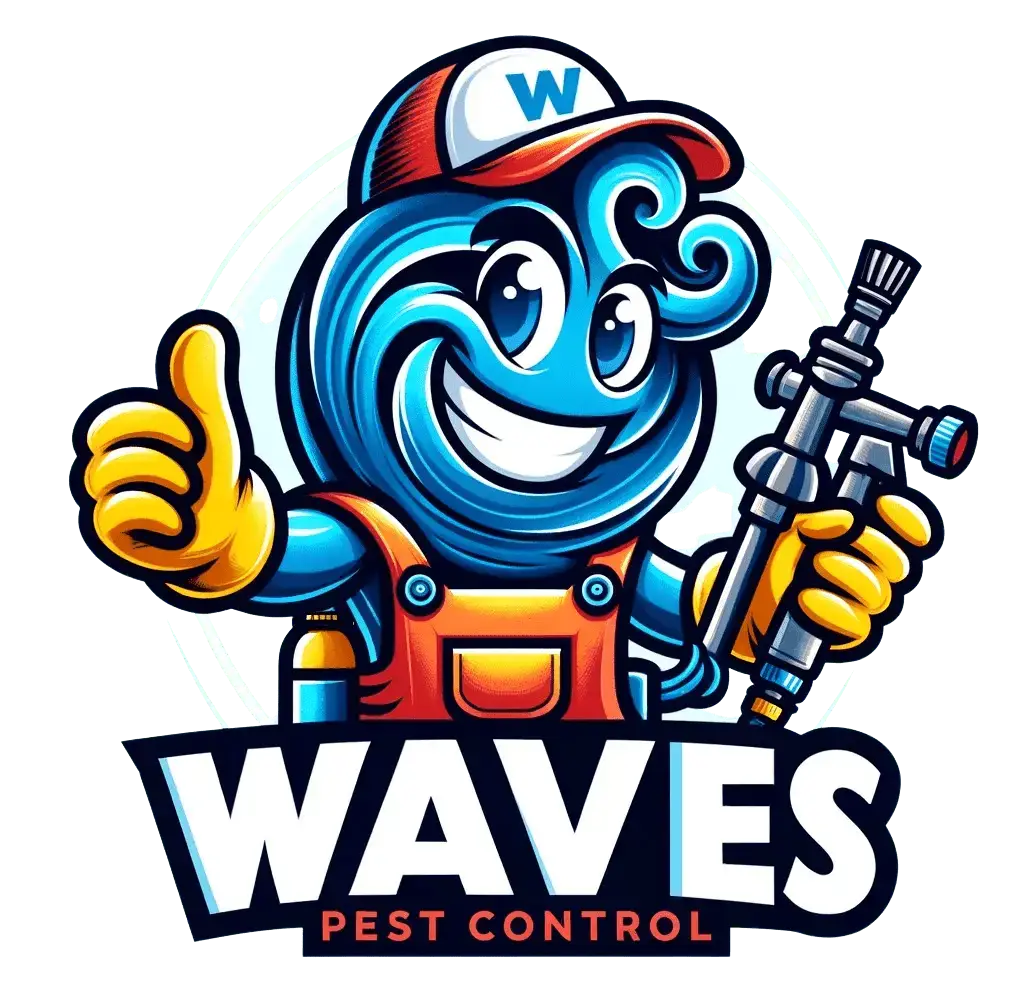
Get Pest-Free Today!
Trust Waves Pest Control for expert pest solutions in Florida. Call now or request your free quote online!
Request a QuotePost-Storm Recovery: The 48-Hour Race
Here’s where things get real. The first two days after a storm are when you either win or lose the war against pests taking over your space. Standing water is your biggest enemy – it’s like rolling out the red carpet for mosquitoes.
Walk your property and eliminate every puddle, no matter how small. Check gutters, flower pots, tarps, and any containers that might have collected rainwater. Mosquitoes can breed in something as small as a bottle cap, and female mosquitoes can lay up to 300 eggs at a time. Do the math – it’s not pretty.
Fire ants are particularly sneaky after floods. They form floating rafts and can establish new colonies wherever they wash up. If you see these rafts, don’t try to break them up yourself. Contact a professional or the county for safe removal.
The Mosquito Control Game-Changer
Living in Bradenton means dealing with mosquitoes even on a good day. After a hurricane? They multiply like they’re auditioning for a horror movie. Here’s your secret weapon: the Manatee County Mosquito Control District isn’t just there for decoration.
These folks have been battling mosquitoes since 1947, and they know exactly what works in our specific climate. Their integrated mosquito management approach targets both larvae and adult mosquitoes using scientifically-proven methods.
Indoor Pest Prevention Strategies
Your house might look fine from the outside, but hurricanes create invisible damage that pests love to exploit. Water damage weakens wood, creating perfect conditions for termites. Increased humidity makes your home more attractive to cockroaches and other moisture-loving insects.
Check for leaks in places you might not normally look – under sinks, around windows, in crawl spaces or attics. Fix these moisture problems quickly, because once termites discover water-damaged wood, they’re like teenagers at an all-you-can-eat buffet.
Keep your home clean and dry, but be realistic about it. You’re dealing with storm recovery, so don’t stress about perfection. Just focus on eliminating food sources and moisture that attract pests.
The Reality Check Nobody Talks About
Let’s be honest – post-hurricane pest control isn’t just about avoiding creepy crawlies. It’s about protecting your family’s health. Mosquitoes in Florida don’t just bite; they can carry dengue, Zika, and chikungunya. Rodents can spread diseases through their droppings and urine.
Fire ants are particularly dangerous for children and pets. Their stings are painful and can cause serious allergic reactions. After Hurricane Helene and Milton hit Manatee County in 2024, emergency rooms saw increased cases of fire ant stings as displaced colonies sought new territories.
When to Call the Professionals
Some situations require more than DIY solutions. If you’re seeing live pests indoors, finding droppings, noticing chew marks, or dealing with aggressive insects like fire ants, it’s time to bring in the experts.
Professional pest control specialists understand the unique challenges Bradenton residents face after storms. They can provide comprehensive solutions that address both immediate problems and long-term prevention, using targeted treatments designed for our specific Gulf Coast climate.
Don’t wait for a small problem to become a big one. A few ants today can become a full infestation next week, especially in our warm, humid climate where pests reproduce quickly.
Smart Prevention for Next Time
Once you’ve dealt with the immediate post-storm situation, start planning for next hurricane season. Consider scheduling a pre-storm pest control treatment with a professional service. This proactive approach can significantly reduce existing pest populations before storms create ideal breeding conditions.
Keep a hurricane pest control kit ready: flashlight for inspecting dark areas, caulk for emergency sealing, extra airtight containers for food storage, and contact information for pest control services and the mosquito control district.
Frequently Asked Questions (FAQs)
What’s the biggest pest control mistake Bradenton homeowners make during hurricane season?
Not acting fast enough after storms. The first 48 hours are critical for preventing pest establishment, especially mosquito breeding in standing water.
How quickly do mosquitoes breed in standing water after a hurricane?
Female mosquitoes can lay eggs within hours of finding standing water, and those eggs can develop into biting adults in as little as seven days in our warm Florida climate.
Can I prevent fire ants from invading my property after a storm?
Complete prevention is challenging since fire ants are highly mobile during floods, but you can minimize risk by eliminating standing water and removing debris where they might establish new colonies.
Should I use bug spray or pest control products immediately after a hurricane?
Focus first on eliminating water sources and sealing entry points. Chemical treatments work best when applied strategically after you’ve addressed the root causes that attract pests.
What’s the deal with the Manatee County Mosquito Control District?
They’re a government service providing mosquito surveillance and control throughout Manatee County using scientific methods. Their services are funded by tax dollars, so residents can request help for serious mosquito problems.
How do I know if my post-storm pest problem requires professional help?
If you’re seeing live pests indoors, finding droppings or damage, dealing with aggressive insects, or if DIY methods aren’t working within a few days, contact a professional pest control service.


